When advanced technology meets Mother Nature, nature provides the inspiration for design and technology provides the means to realise the design. The products that result from this collaboration are fundamentally ‘poetry in three dimensions
Ever wonder why the natural world looks so different from the manmade world? Most natural forms are too complex to describe in simple mathematical terms. In order to achieve repeatability, predictability and precision, most often than not, one resorts to extremely simple geometry in the objects that are mass manufactured.
Artists and designers across the world inspired by nature have challenged technology; continuously evolving what is popularly known as Organic Design. Designers such as Ross Lovegrove and Philippe Starck have explored new design language marrying technology and material science to create striking products and furniture.
Ross’s bottle design for Ty Nant natural mineral water is inspired by the fluidity of water. In Ross’s own words, ‘it’s like a skin on water’. These non- geometric ‘organic’ shapes have been made possible through Computer Aided Design. Ross has relied on parametric modelling to get precise mathematical representation of the final form.
Such tools are universally available to designers through low cost-high end computing capability and software. Ironically, going back to nature for inspiration for products that are mass manufactured is aided by technology that uses complex mathematics made accessible through simple software.
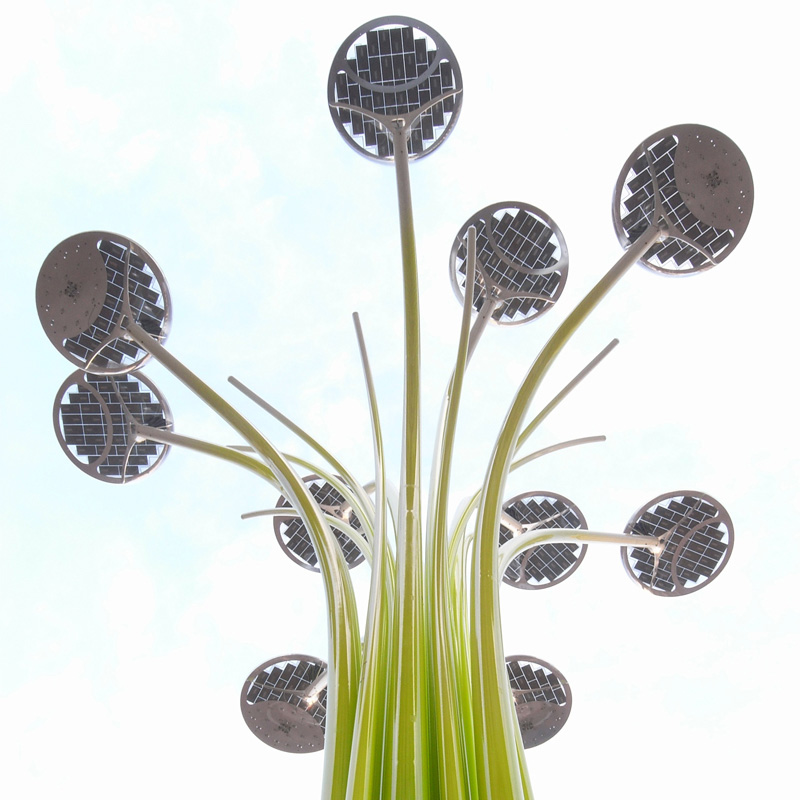
Automobile designers have been leading the change collaborating with mathematicians to define freeform shapes that can be directly used to make tools that assist in mass manufacture.
The Mercedes Benz maxim ‘Mercedes-Benz design is Art’ finds it latest demonstration in the ‘Aesthetics 125’ sculpture unveiled in 2011. Their idea is to ‘not simply mimic nature, but instead learn from the intricate, all-encompassing interplay of her elements’. The car was modelled using computers and made using Rapid Prototyping Technology.
Celebrated designer Philippe Starck too has championed the natural form to great success. He has designed everything from toothbrushes, lemon squeezers and toilet brushes to motorbikes and even hotels. One of his products for Axor is the ‘Organic faucet’, which he says ‘is very, very pure, the lines come from our body, from vegetation’. Starck’s ‘Juicy salif ’ lemon squeezer, an iconic product design remains one of the most celebrated explorations of organic form purely for the fun of it.
Nature has been the most fundamental inspiration for some of the most ambitious human designs throughout evolution. The future will not only come in simple poetry of natural shapes but also in the form of complex underlying compositions that will fuel pathbreaking technologies.
-
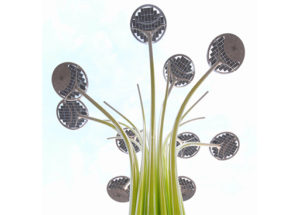
Lovegrove’s Solar Tree street lamp for Artimide.
-
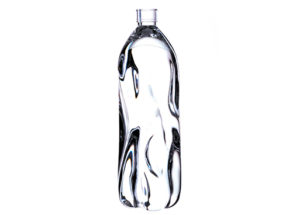
Ty Nant mineral water bottle by Lovegrove.
-
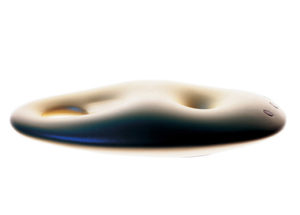
Lovegrove’s Eye camera for Olympus.
-
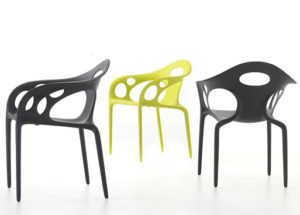
A chair named ‘Supernatural’ for Moroso is one of the most celebrated works of Ross Lovegrove.
-
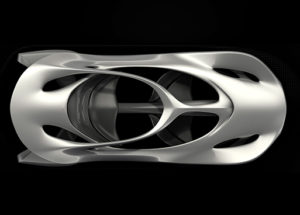
A view from the top of the Mercedes ‘Aesthetic 125’ sculpture; a complex interplay of elements inspired by structures and forms found in nature.
-
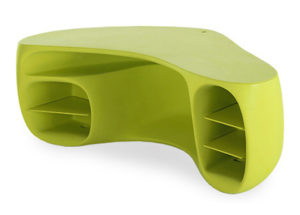
Starck’s Baobab desk inspired by the shape of the seed of the Baobab tree. The desk creates an inviting warmth for social interaction at the workplace.

Join the discussion 169 Comments